If you’ve ever had the misfortune of dealing with sewer or water line problems, you probably know that sinking feeling when the plumber says, “We might need to dig.” For most homeowners, images of torn-up lawns, broken driveways, and weeks of mess flash through the mind. But that’s where trenchless repair methods swoop in like a quiet hero. They promise less disruption, faster turnaround, and—believe it or not—sometimes even cost savings. Still, before you dive into it, let’s talk about what it really looks like in terms of price, practicality, and choosing the right crew.
Why Trenchless Is Turning Heads
Traditionally, repairing a sewer or water line meant heavy excavation. Think big machinery, mountains of dirt piled on the lawn, and the dreaded “yellow caution tape” stretched across your driveway. It worked, but it wasn’t pretty.
Trenchless technology flips that story. Instead of tearing everything apart, contractors use specialized equipment to either reline or replace pipes underground with minimal digging. Your rose garden? Safe. Your driveway? Still intact. And your sanity? Priceless.
But here’s the catch—just because it’s neat and efficient doesn’t mean it’s automatically cheap.
Breaking Down the Numbers
Let’s face it, what most homeowners really want to know is the trenchless sewer repair cost. And like all things in home maintenance, the answer is: it depends.
The size of the pipe, the extent of the damage, soil conditions, and the overall length of the line all play a role. On average, trenchless repair can range anywhere from a few thousand dollars to well over ten grand for major projects. Sometimes the upfront cost looks higher than traditional digging, but when you factor in landscaping, driveway repair, and the time saved, trenchless often comes out ahead in the long run.
Think of it as the difference between patching a small hole in your jeans and buying a whole new pair. Sure, the quick patch seems cheaper—but if you’re constantly sewing up new holes, it adds up fast.
Choosing the Right People for the Job
Here’s something I’ve noticed while talking to homeowners who’ve gone through this process: the quality of the repair often depends less on the technology and more on the crew behind it. Not every contractor is equipped—or trained—to handle trenchless work.
That’s where trenchless pipe lining companies come into play. These specialists invest in the tools, certifications, and know-how required to do the job right. They’re the folks who can walk you through whether your problem is best solved with pipe bursting, slip lining, or cured-in-place pipe (CIPP) methods.
It’s tempting to just go with the cheapest bid, but trenchless work is a bit like surgery—you want the doctor with steady hands, not just the one offering a discount.
The Local Factor
Another detail homeowners often overlook: location really matters. Depending on where you live, soil conditions, municipal codes, and even local labor rates can shift your costs dramatically. For instance, clay-heavy soil can complicate digging (which makes trenchless even more appealing), while rocky ground might require additional prep.
If you’re searching online, you’ve probably typed something like trenchless water line replacement near me into the search bar at some point. That’s a smart move. Going local isn’t just convenient—it usually means faster response times and contractors who already know the quirks of your city’s infrastructure. Plus, many municipalities have specific permitting rules, and local crews are often more familiar with them than outsiders.
Trenchless Isn’t Always the Answer
As great as it sounds, trenchless methods aren’t the silver bullet for every situation. If your pipe has collapsed completely or the soil conditions make access impossible, sometimes a traditional dig is unavoidable.
That said, trenchless is advancing quickly. What wasn’t possible ten years ago is often feasible today. This is why an honest inspection matters. A good contractor won’t just sell you the most expensive option—they’ll lay out what’s possible, what’s not, and what makes sense for your budget.
Hidden Savings Most People Forget
It’s easy to fixate on the invoice total and ignore the “soft costs” that come with traditional repairs. Let’s say you opt for a full dig. You’re not just paying for pipe replacement—you’re also looking at landscaping repair, new pavement, maybe even temporary housing if the project drags on too long.
Trenchless avoids a lot of that chaos. Your yard stays mostly intact, your driveway doesn’t get shattered, and you’re not stuck explaining to your neighbors why a backhoe has been parked on your street for two weeks. Sometimes the peace of mind alone is worth the difference.
How to Prepare as a Homeowner
If you’re facing sewer or water line issues, here are a few practical steps before making the call:
- Get multiple quotes. Prices vary widely, and it’s worth comparing at least three.
- Ask about technology. Not all trenchless methods are the same. CIPP, bursting, and slip lining each have pros and cons.
- Check references. A reputable company should be able to share past projects.
- Factor in the big picture. Don’t just compare upfront costs—look at total impact.
It’s not just about the pipe; it’s about your home, your yard, and your wallet in the long run.
A Final Word Before You Dig
If there’s one thing I’ve learned after hearing countless homeowner horror stories, it’s this: don’t wait until a small problem becomes an emergency. Sewer and water line issues don’t magically fix themselves. The longer you delay, the bigger the mess—and the bigger the bill.
Trenchless repair isn’t perfect, but it’s a game-changer for many. It offers speed, less disruption, and in many cases, a fair balance between cost and convenience. Whether you’re standing ankle-deep in a soggy backyard or just planning ahead, knowing your options gives you back a little control in a situation that often feels overwhelming.
So, the next time someone mentions sewer or water line repair, don’t panic. Take a breath, do your homework, and remember—sometimes the best solution doesn’t involve tearing your world apart, just slipping quietly beneath the surface.

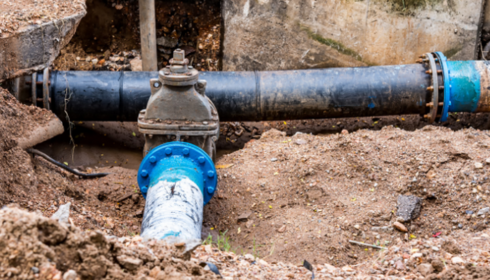
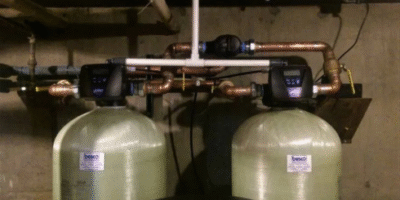
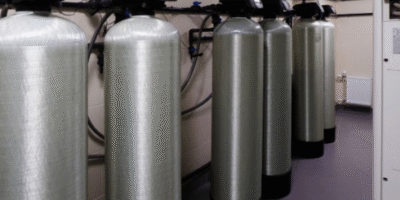
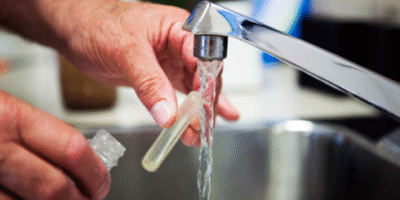
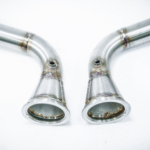
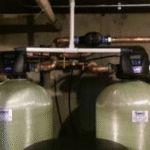
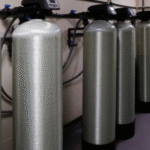

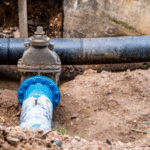
Leave a Reply
You must be logged in to post a comment.